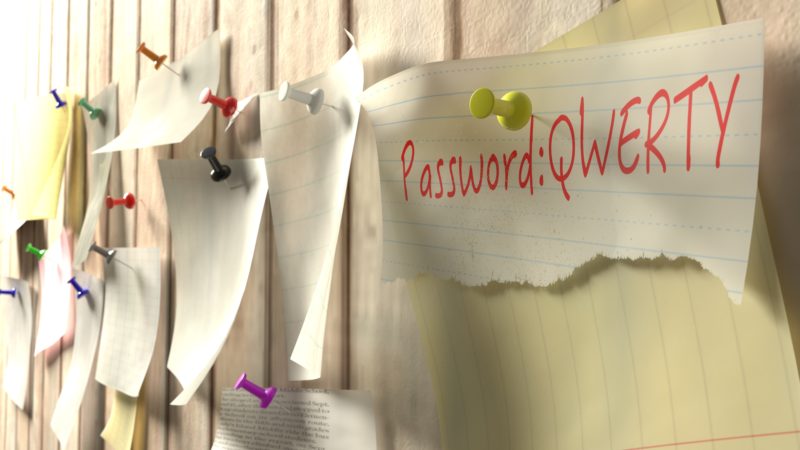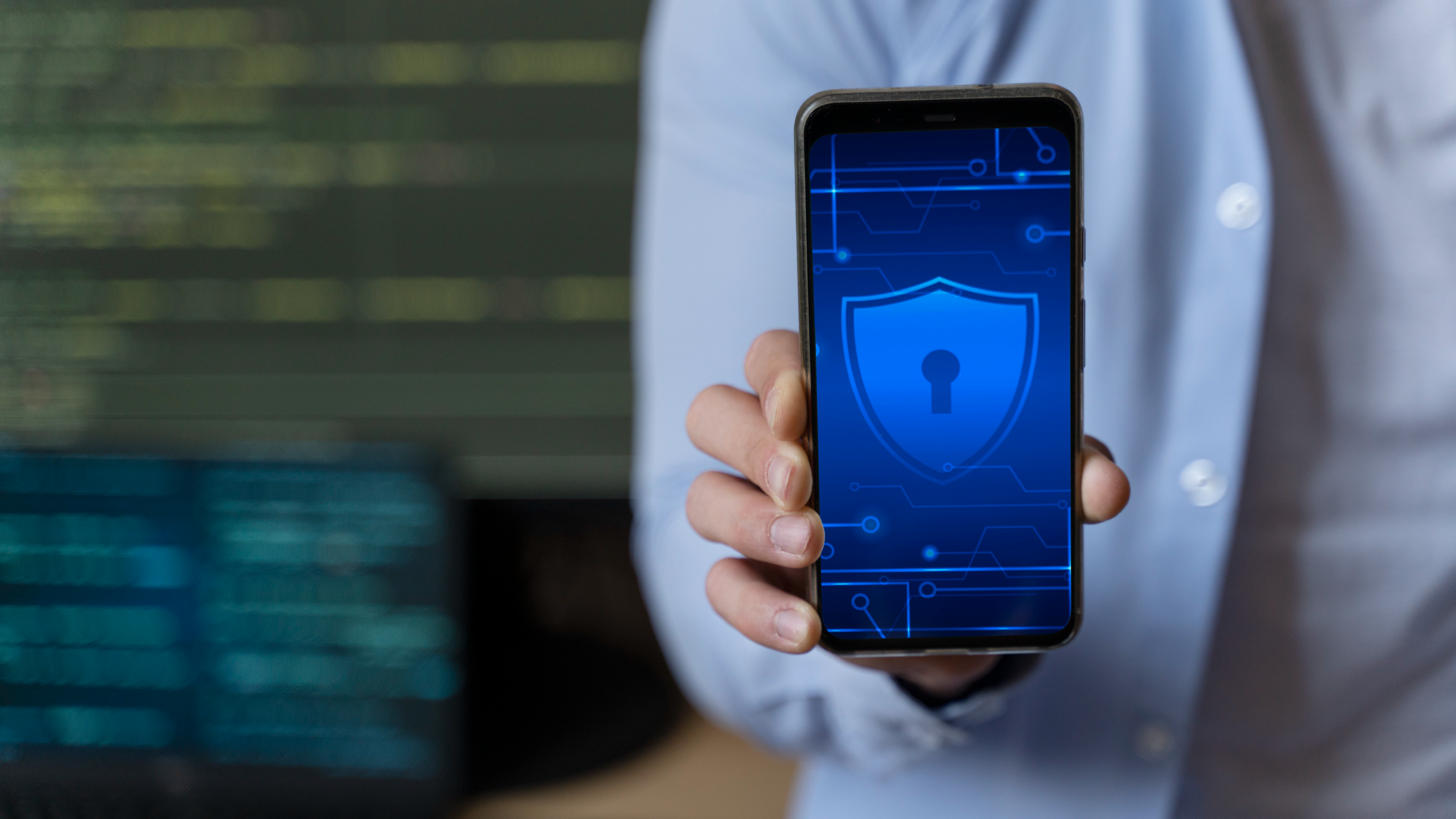
Nothing is perfect when it comes to security. From customer accounts to remote access, no place is safe anymore from cyber criminals. Here is why you require a modern tokenless two-factor authentication.
IT security is getting massive attention in the times of increasing cyber security threats. From small to giant ones, many businesses have witnessed the data breaches in the past few years. The problem of identity theft is making headlines, sometimes regarding customer accounts, sometimes about remote access. Everyday cyber criminals are trying their best to steal your precious data.
Passwords are not safe anymore!
Did you know, over 3 billion user credentials were compromised in 2016, making it 8.2 million passwords getting stolen every day and around 95 passwords every second. The login credentials are one of the most common doors for hackers to get access to your data. All they need to do is to obtain your customer’s login credential, and they can easily make their way through the sensitive database, bank accounts and what not. And while doing this, they can also ruin your brand image by making the data public. Gone are the days, when only high profile names were the target of these cyber criminals, today no business is untouched with the growing risk of cyberattacks.
How does Two-factor authentication help?
In order to provide an advanced layer of authentication, two-factor authentication (2FA) solution came into the scenario.
The two-factor authentication reduces the chances of unauthorized access by making users go through multiple security levels. On a 2FA enabled website, the user needs to go through another level of authentication process after verifying himself with the right credentials. The second level of authentication requires user to verify himself with
- Something he knows (like security question)
- Something he has (Like an OTP)
- Something he is (Biometric authentication)
Adding a double layer of protection lessens the chances of hackers getting access to the data after getting credentials. The traditional 2FA solutions make use of Hardware tokens. In this type of authentication, the user needs to use a Hardware device to get himself verified on the requested resources. But the approach has its own challenges. Let’s talk about them.
Key challenges of the traditional 2FA solution:
- Cost:
The primary concern with implementing hardware token based 2FA is the expense. Till today, many brands find cost a barrier while adopting 2FA solution. Typically, a traditional Hardware token costs around $100 per user. Also, don’t forget the additional cost of installation, support and the replacement cost after every three years.
- Ruined user experience:
User experience is the key to get success in the world of internet. Another major risk associated with traditional two-factor authentication solution is the poor user experience. Most of the traditional 2FA solutions out there are still relying on technologies that are way outdated. No surprise, many customers, and admins hate 2FA…
- Complicated installation process:
Businesses require a dedicated Hardware and software to implement two-factor authentication solution. Another thing required is the ongoing maintenance and monitoring along with token distribution to customers. Now, these requirements not only add up the upfront cost but also overall ownership cost. Moreover, many times, IT admins get flooded with multiple support request and complaints after implementing token-based 2FA. Additionally, most of the customers hate carrying a token to get access to their personal accounts, and thus most of the brands end up implementing the solution only where it is a must.
How can modern two-factor authentication solution help?
Luckily, over the past few years, the major trends of mobile and cloud adoption gave rise to the modern two-factor authentication solution that can address the above-mentioned challenges quite well. Let’s talk about them one by one.
- The first major trend that has changed the whole online world is mobile adoption. The year 2015 reported around 43 million mobile users and this number is expected to reach 4.77 billion by 2017. The tendency of not leaving home without carrying smartphones makes it an effective medium for two-factor authentication. Moreover, it adds up to security since users now immediately know if their phone is stolen and can take the required steps to avoid any misuse. Also, most of the mobile based 2FA, immediately alert the user in case of an authorized login attempt. The solution is easy to implement, monitor and use.
- The second trend that implies to modern two-factor authentication solution is the growing shift to the cloud. Cloud computing allows organizations to implement new techniques without spending huge dollars on installation, setup, and configuration. Additionally, it simplifies the management as it is the responsibility of service provider to take care of security, backup, and scalability.
Wrapping it up
With the growing dependency on world wide web to complete daily activities, brands are making continuous efforts to keep their customers safe. Two-factor authentication is undeniably an effective way to boost security. But the high cost and maintenance efforts associated with Hardware-based 2FA solution make it not flexible for every brand to implement it. Here, mobile based 2FA saves them from the situation. Moreover, utilizing cloud computing, helps brands simplify management and boost security without taking additional worries.

Prince Kapoor
Author Bio: Prince Kapoor is Marketing Analyst Lead at LoginRadius, A leading CIAM Provider. While not working, you can find him in gym or giving random health advises to his colleagues which no one agrees on :D. If you too want some of his advises (on health or on marketing), reach him out at Twitter.



